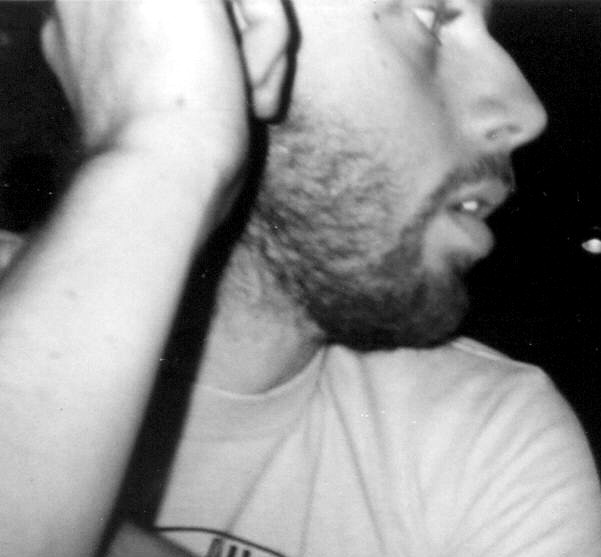Academic Search Premier (EBSCO). (2009). EBSCO Industries, Inc.
Retrieved from Sonoma State University.
http://xerxes.calstate.edu/sonoma/databases/proxy/CAL15419
This database is extremely flexible when it comes to searching. Though it retrieves a fair number of hits when searching by keywords like ‘Dutch painting’ and ‘17th century’, it becomes really powerful when searching for articles on painting personalities of the era.
ARTstor. (2009). ARTstor.
ARTstor is a powerful image database which can retrieve high quality digital representations of paintings. It has a powerful advanced search option which can narrow results by keyword (Dutch), location (Europe), type of art (painting), and time period (1600-1700ce). The images are high quality scans which can be viewed at high magnification.
Art Index (Wilson). (2009). H.W. Wilson Company.
Retrieved from Sonoma State University.
http://xerxes.calstate.edu/sonoma/databases/proxy/CAL11590
Another powerful aggregator, this database yields many scholarly articles, as well as exhibition reviews. Excellent results are returned for personality keywords (i.e.: Rembrandt, Hals, Vermeer), as well as keyword combinations (i.e.: ’Dutch painting’ and ‘17th century’).
Havlice, P. P. (1977). World painting index. Metuchen, N.J.: Scarecrow Press.
The author of this book is a reference librarian at a university. It indexes pieces of art by artist, term or subject, and then lists where the selected pieces are housed. It also offers multiple bibliographies based on indexed search terms.
- Location: Reference 2nd floor
- Call #: ND45 .H38
- ISBN: 0810810166
- Contains Bibliography: Bibliographies are linked to unique terms.
ISI Web of Science. (2009). Thomson Reuters.
Retrieved from Sonoma State University.
http://xerxes.calstate.edu/sonoma/databases/proxy/CAL15419
This resource offers many results for publication reviews and exhibition reviews. Exhibitions are hugely important to the world of art history, and as such researchers should seek out reviews of them. Some keyword suggestions: (‘Dutch painting’ and ‘17th century’).
JSTOR. (2000-2009). JSTOR.
Retrieved from Sonoma State University.
http://xerxes.calstate.edu/sonoma/databases/proxy/CAL08191
JSTOR is a powerful database for searching for art and art history related articles. All articles are scholarly in nature. For the purposes of this topic the research can search by keyword combination (i.e.: ‘painting, Dutch’), or by particular personalities of the era (i.e.: ‘Vermeer, Jan’).
Wright, C. (1992). The world's master paintings: From the early Renaissance to the present day: a comprehensive listing of works by 1,300 painters and a complete guide to their locations worldwide. London: Routledge.
This is a slightly different type of reference work than the others listed in this section. It is a good reference resource if a researcher needs to know where to locate paintings. This resource lists painters and their known works as well as the gallery or museum where they are housed. Look under '17th Century Dutch Republic' for relevant works.
- Location: Reference 2nd floor
- Call #: ND40 .W75 1991
- ISBN: 0415022401
- Contains Bibliography: N/A


No comments:
Post a Comment